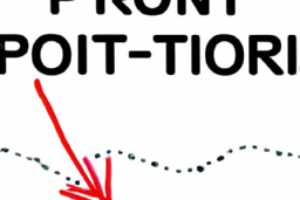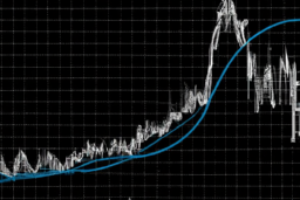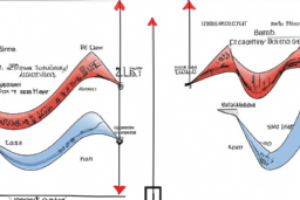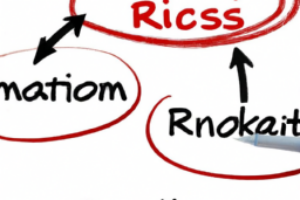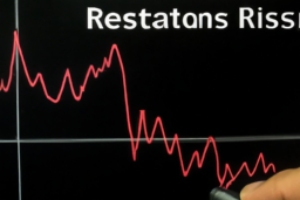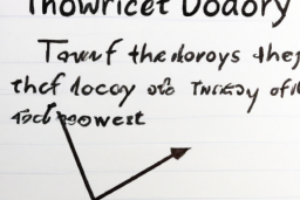Technical Analysis
Welcome to the Technical Analysis section of Valifind.com, your go-to source for insights and strategies to help you navigate the financial markets with precision and confidence. Is a crucial tool for traders and investors looking to make data-driven decisions. At Valifind.com, we provide in-depth analysis, charts, and expert commentary to help you understand market trends, price movements, and potential trading opportunities. Whether you’re a beginner or a seasoned trader, our section is designed to enhance your trading skills and maximize your investment returns. Understanding – is essential for anyone serious about trading or investing. By analyzing price patterns, volume, and other market data, technical analysis helps predict future market movements and identify potential entry and exit points. Our team of experienced analysts at Valifind.com offers a wealth of knowledge to help you grasp the fundamentals and advanced techniques of technical analysis. We focus on practical, actionable insights that you can apply directly to your trading strategies, ensuring you stay ahead of market trends and make informed decisions.
Applying Dow Theory in Today’s Modern Markets
# Applying Dow Theory to Modern Markets The Dow Theory, formulated from a series of Wall Street Journal editorials by Charles H. Dow between 1900 and 1902, is a method for analyzing market movements and predicting future trends. Despite being over a century old, Dow Theory’s core principles remain relevant in today’s dynamic market environments. This article explores how Dow Theory can...[Read More]
Exploring the Power of Event-Driven Market Analysis
Understanding Event-Driven Market Analysis Event-driven market analysis is a critical approach used by investors and traders to evaluate the potential impacts of specific events on financial markets. This analysis type can help develop investment strategies, inform trading decisions, and manage risk. This article explores the concept of event-driven market analysis, its benefits, and how it is app...[Read More]
Understanding and Implementing Backtesting with Historical Data
Backtesting with Historical Data Backtesting is a key component in the development of an effective trading system. It allows traders to evaluate their trading strategies using historical data to predict how they might perform in the future. In this article, we will delve into the concept of backtesting, its importance, and how to carry out backtesting with historical data. Understanding Backtestin...[Read More]
Mastering Pivot Point Trading Strategies in Forex Market
Pivot Point Trading Strategies Introduction Pivot point trading strategies are commonly used by forex traders, day traders, and other market participants to determine the overall trend of the market over different time frames. The pivot point itself is simply the average of the high, low, and closing prices from the previous trading day. On the subsequent day, trading above the pivot point is thou...[Read More]
Mastering Fibonacci Trading: Understanding and Using Extensions
Introduction to Fibonacci Trading Fibonacci trading is a popular strategy used by many traders in the financial markets. It is based on the Fibonacci sequence, a mathematical concept that dates back to ancient times. The sequence is as follows: 0, 1, 1, 2, 3, 5, 8, 13, 21, 34, 55, 89, 144, and so on. Each number in the sequence is the sum of the two preceding ones. This sequence is used in various...[Read More]
Exploring Elliott Wave Forecasting Models in Financial Markets
Introduction to Elliott Wave Forecasting Models Elliott Wave Theory is a popular method of analysis that traders use to understand market cycles and forecast market trends by identifying extremes in investor psychology, highs and lows in prices, and other collective factors. Ralph Nelson Elliott, a professional accountant, discovered this wave pattern in the 1930s. Since then, the Elliott Wave Pri...[Read More]
Mastering Risk Management in Investing Using Technical Analysis
Risk Management Using Technical Analysis In the world of investing, risk management is a crucial component that can make or break your financial success. Among the various strategies used for managing risk, technical analysis stands out as a powerful tool. This article will delve into how technical analysis can be used in risk management. Understanding Technical Analysis Technical analysis is a me...[Read More]
Exploring Different Methods of Drawing Trend Lines
Trend Line Drawing Methods Trend lines are a fundamental tool in technical analysis for both trend identification and confirmation. They are a straight line that connects two or more price points and then extends into the future to act as a line of support or resistance. Many of the principles applicable to support and resistance levels can be applied to trend lines as well. This article will delv...[Read More]
Effective Strategies for Implementing Risk Management in Trading
Introduction to Risk Management in Trading Trading, especially in the financial markets, involves a high level of risk. It is an activity that can bring substantial profits but can also result in significant losses. Therefore, risk management in trading is a crucial aspect that every trader should incorporate into their strategy. It is the process of identifying, analyzing, and accepting or mitiga...[Read More]
Mastering Market Momentum: A Guide to Using RSI
Using RSI for Identifying Market Momentum Introduction to RSI Relative Strength Index (RSI) is a momentum oscillator that measures the speed and change of price movements. Developed by J. Welles Wilder, it is used to identify overbought or oversold conditions in a market. RSI is a valuable tool for traders and investors, providing signals that can help predict future price movements. Understanding...[Read More]
Understanding Dow Theory: A Key Tool in Market Forecasting
Introduction to Dow Theory The Dow Theory is one of the most commonly used concepts in technical analysis of the stock market. Developed by Charles H. Dow, co-founder of Dow Jones & Company, this theory is used as a barometer for market trends and is considered a cornerstone of modern technical analysis. Dow Theory is based on the analysis of highs and lows of market indexes and individual st...[Read More]
Exploring Sentiment Indicators for Market Predictions
Introduction to Sentiment Indicators In the complex world of financial markets, predicting market movements is a challenging task. Traders and investors use a variety of tools and strategies to anticipate the future direction of prices. One such tool is sentiment indicators. These indicators, often overlooked by novices, can provide insightful information about the overall mood or feeling of marke...[Read More]






